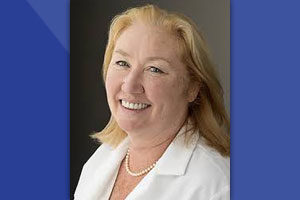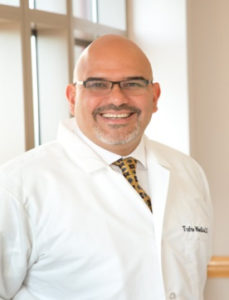By 2030, the number of boomers 65 and older will reach 84 million, nearly twice their number today. While the elderly represent less than 20% of the U.S. population, they receive 35% or more of all surgical procedures. That’s a lot of knee, heart, hip and back operations.

Michael C. Lewis, M.D., FASA
Will anesthesiologists be prepared to manage the perioperative needs of senior citizens? Should residents be required to study age-appropriate anesthesia? These questions will be up for debate at Saturday’s session “Are Elderly Surgical Patients Different? Should We Offer Separate Training Experiences for the Anesthesiology Resident?”
Michael C. Lewis, M.D., FASA, Chairman of Anesthesiology, Pain Management and Perioperative Medicine at Henry Ford Hospital, will serve as the moderator.
1:30-2:30 p.m.
Saturday
W304AB
“Residents receive dedicated education time for other populations, including children and pregnant women. What about geriatric patient education? It’s time to discuss the options,” he said.
Panel member Sheila R. Barnett, M.D., FASA, also will bring a unique perspective to the topic. Prior to her current position as Associate Professor of Anesthesiology at Harvard Medical School, Dr. Barnett was a geriatrician. She spent several years studying aging, age-related co-morbidities, pharmacodynamics, kinetics, physiology and clinical examination before training as an anesthesiologist.
“Specialists underestimate the vast array of chronic diseases that affect the elderly, especially those related to the central nervous system,” said Dr. Barnett. “Anesthesiologists are the best physiologists in medicine. We are in a powerful position to provide age-friendly anesthesia and perioperative care.”

Sheila R. Barnett, M.D., FASA
Dr. Lewis agrees that elderly patients react differently to anesthesia drugs than their younger counterparts. Complications frequently arise in the brain, heart, lungs and kidneys. For seniors, these complications often lead to poor outcomes.
Currently, anesthesiology residents are instructed to “start low and go slow” when treating the elderly.
“Good advice, but perhaps oversimplified,” said Dr. Barnett. “We should tailor our anesthetics for the older patient – just as we do in the cardiac and neuro rooms. To improve outcomes, we have to anticipate what might happen.”
One of the areas that deserves special attention after the age of 65 is brain health. Studies show as many as 20% of older patients are cognitively impaired before surgery. Plus, the risk of postoperative delirium and postoperative cognitive dysfunction increases with age.

Ruben J. Azocar, M.D., FASA
To prepare anesthesiology graduates for the challenges ahead, Dr. Barnett suggests adding a dedicated clinical rotation before, during or after anesthesia training. Not everyone agrees. It already takes 12 years to become an anesthesiologist. Can we ask students to spend more than four years in residency?
Ruben J. Azocar, M.D., FASA, Professor and Chair of the Department of Anesthesiology and Perioperative Medicine at Tufts Medical Center, is the third member of this distinguished panel. Dr. Azocar encourages residents and practicing anesthesiologists to remain up to date on ASA guidelines, policies and initiatives related to geriatric anesthesiology.
But when it comes to a delineated clinical training program, Dr. Azocar is not so sure.
“Fellowships or additional training in geriatric anesthesiology may sound appealing, but it’s important to find the balance point. The cost of training and the impact on practices may be too high,” he said.
Return to Archive Index